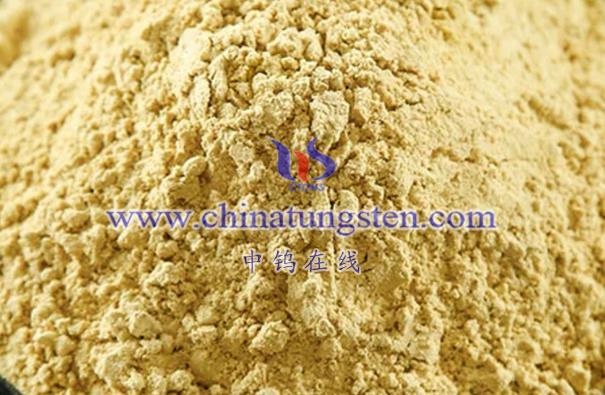
Vanadium-doped tungsten oxide nanowires can be prepared using various techniques, including solution-based methods, thermal treatment methods, and combinations with other advanced technologies such as magnetron sputtering. Below is a detailed summary of these methods:
- Solution-Based Methods
These methods involve chemical or physical processes in a solution environment to produce nanomaterials. Common techniques include hydrothermal synthesis and sol-gel processing.
Hydrothermal Method
- Process: A mixture containing a tungsten source (e.g., sodium tungstate), a vanadium source (e.g., ammonium metavanadate), and precursor solutions is placed in a high-pressure reactor. Under high temperature and pressure, vanadium ions integrate into the tungsten oxide crystal lattice, forming vanadium-doped tungsten oxide nanowires.
- Advantages:
- Low synthesis temperature.
- High purity and good dispersion of the final product.
Sol-Gel Method
- Process: Tungsten and vanadium sources are converted into a sol, followed by gelation, drying, and thermal treatment to produce vanadium-doped tungsten oxide nanowires.
- Advantages:
- Mild preparation conditions.
- Easy control over product composition and structure.
- Thermal Treatment Methods
Thermal treatment involves high-temperature processing to facilitate the reaction between vanadium ions and tungsten oxide, resulting in nanowire formation.
Process:
- A mixture of tungsten and vanadium sources is subjected to high-temperature treatment, allowing vanadium ions to diffuse into the tungsten oxide lattice and form vanadium-doped tungsten oxide nanowires.
Advantages:
- Simple process.
- Suitable for large-scale production.
- Combination with Advanced Techniques
Combining conventional methods with advanced technologies can enhance the control over nanowire growth and properties. One notable example is magnetron sputtering combined with hydrothermal synthesis.
Magnetron Sputtering + Hydrothermal Method
- Process:
- Magnetron sputtering is used to deposit a tungsten oxide nanoparticle seed layer onto a substrate.
- The hydrothermal method is then applied to use the seed layer as nucleation sites, enabling the directional growth of vanadium-doped tungsten oxide nanowires.
- Advantages:
- Precise control over nanowire growth direction and morphology.
- Ability to produce nanowire arrays with superior performance.
- Key Considerations in Preparation
- Control of Reaction Conditions: Parameters such as temperature, pressure, time, and solution concentration must be carefully regulated to ensure high-quality nanowire production.
- Vanadium Doping Level: The doping amount should be optimized to enhance performance without introducing excessive defects.
- Product Characterization: Comprehensive analysis of the final product’s composition, structure, and properties is essential to confirm the success of the synthesis.
Future Directions
The diverse preparation methods for vanadium-doped tungsten oxide nanowires provide flexibility to meet specific application requirements. As research advances and techniques improve, new methods are expected to emerge, offering more precise control and expanding the scope of applications for these nanomaterials.
More details of tungsten oxide product, please visit website: tungsten-oxide.com
Please contact CHINATUNGSTEN for inquiry and order of tungsten oxide:
Email: sales@chinatungsten.com
Tel.: 86 592 5129595



















